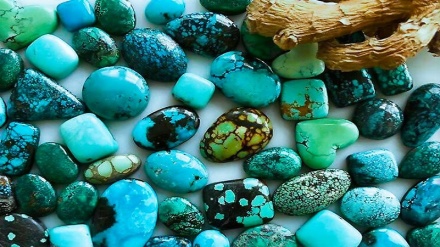Iranian Market (7)
In this episode we continue discussing the Iranian Carpet and the industry of carpet weaving in the Islamic Republic which is the combination of art, creativity, collective effort and manifestation of the Iranian culture.
The industry of carpet weaving in Iran has decades- long history. This is an industry which its designs and delicacy has become more complete during years. This art of Iran like the history of this land has traversed ups and downs but has still kept its lofty position and good reputation in the world.
Ms. Shirin Sooresrafil, Iranian carpet designer and writer in this regard says:" Since Iranian original carpet designs are in close contact with Iran’s culture and art, they never get old. This fact becomes evident when you watch the turquoise dome of Isfahan mosques or the designs on Persepolis rocks and pillars and Reza Abbasi miniature designs and you never find any signs of obsolesce in them."
Historical developments, climatic features and innovativeness are among the factors that create different styles and methods by the hands of Iranian artists in creating masterpieces like carpet.
Assessing Iranian carpet, four factors including traditional and local designs, the use of natural and herbal colors for dyeing the carpet threads, the material used and considering technical issues in texture are considerable.
It is interesting to note that in Iran until early twentieth century coloring the carpet threads was done only with natural ingredients including pomegranate peels, eucalyptus leaves, indigo, black curd, turmeric, acorn shells and alum. This was actually because Iran’s suitable climate made it possible for farmers to grow different types of plants. This natural asset gave the opportunity to Iranians to produce the most beautiful colors for carpets.
According to experts, about three thousand types of colors have been produced in Iran by traditional style from past until now.
It is noteworthy to say that although in today’s carpet manufactories in Iran artificial colors are also produced, activists in the fields of carpet weaving have turned to use of natural colors in dyeing carpet threads.
Some experts classify Iranian carpets into nineteen major groups including Shah Abbasi, Eslimi, Shekargah, Iliati, geometric and traditional designs. Carpet designers may use more than one design in a carpet.
The carpets manufactured in Iran are often named after the area where they are made for example Mashhad, Qom, Tabriz, Kashan, Isfahan, Hamadan, Shiraz, Kerman, etc. The carpets can also be named after different ethnic groups like the Ghashghais.
AE/ME


